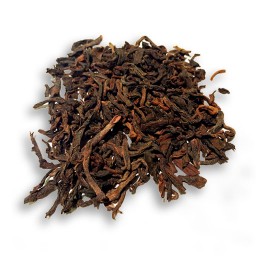Tea Practice
Everyday an Englishman would attend a meditation group at a Buddhist temple. The class was conducted in Mandarin, and, even though the man didn’t speak mandarin he kept on coming. One day, the monk presiding over the session asked him: “why, even though you don’t speak the language, still you come every day to the class.” The man answered: “I don’t speak the language, but the feeling I like — the feeling I understand.”
Similarly, the language of kung fu tea — the expression of its forms — can seem alien to us at first. Though by trusting our feelings we will realize the goal of the Tea Tao. In the end, words can only distract us from the true purpose of tea meditation. The goal being to be at one with the tea, at one with the moment.
Tea Tao, may sound more complicated that it actually is. Perhaps because of the insertion of foreign words or association with the — at times — cryptic writings of Meng dz or Lao dz. Though the reality couldn’t be further from this.
The real way of tea, according to my teacher, is simply the tipping of a tea pot (the pun is lost in the English). This simple answer is not always satisfying — it wasn’t for me when I first heard it years ago. However, when we submit to the simplicity of the art, we ultimately come to laugh to ourselves at the majestic grace of its simplicity.
The best tea pots often appear the most humble. The best teas at first seem to be ordinary or faint. Cha Tao is ordinary, it is simple. Though it appears mundane, it stands above all others.





